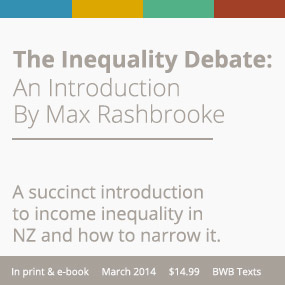How New Zealand’s Knack for ‘P’ Turned into a Homebaked Disaster
“New Zealand is 10,000km (6,00o miles) from Bangkok, 18,000km from Amsterdam and surrounded by sea. Hard drugs rarely make it into the country – and when they do prices are high and quality is low. But the advent of pop-up, easily transportable labs (some that fit inside a suitcase) have made P a booming nationwide business,” writes Eleanor Ainge Roy for The Guardian.
Last month New Zealand police discovered nearly 500kg of methamphetamine inside a campervan and a boat buried in sand dunes near Ninety Mile Beach. Last month’s “record haul worth half a billion dollars on the street – has made headlines and focused the country’s attention on its insidious problem with a drug that is easy to make at home and cheaper than marijuana to buy,” as reported in the article.
“We are very good at covertly growing cannabis, we are very good at cooking P. This all links back to New Zealand’s do-it-yourself drug culture. Labs blow up, labs get busted, but they always re-emerge. The rise of recreational drug use in New Zealand is quite unique and deeply founded in our geographic isolation,” said Ross Bell, executive director of the New Zealand Drug Foundation.
“According to the United Nations Office on Drugs and Crime, New Zealanders are among the highest users of methamphetamine in the world, alongside Australia and parts of south-east Asia,” as reported in the article.
“Overall we are seeing less clan labs [secret drug labs] in residential homes, but more mobile labs – and they can be everywhere and anywhere, all around the country,” said Det Supt Virginia Le Bas, national manager of organised crime.
Interview subjects in Auckland and Christchurch, said P was easier to purchase than marijuana and could usually be bought in under an hour.
At Higher Ground, a leading drug rehab centre in Auckland, the majority of clients are addicted to meth.
“In our experience there are more P addicts every week, they are more addicted, and they are getting younger,” said Johnny Dow, director.
“The taste for P is a reflection of the age we live in,” said former detective Hastings, who has followed the rise of P with a heavy heart.
“We need every experience to be faster, bigger, better, now. Anything criminal that is locally made and produced is very hard to get on top of. And P has no natural ceiling. P addicts rarely die, they just get worse.”
Article Source:The Guardian, Eleanor Ainge Roy, July 13, 2016
Image Source: Twitter – 757Live New Zealand














